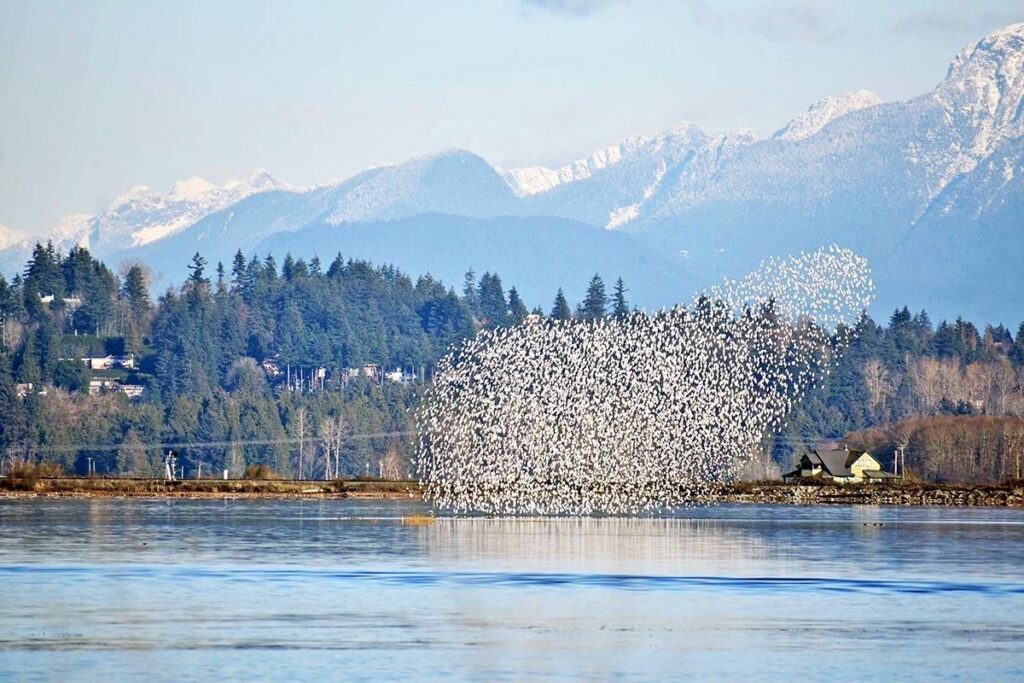Windfarm noise above the waterline.
Mid-March of 2020 found us shutting down the whole operation. Many of us were cancelling business trips, and not commuting to work because a virus had taken center stage in all of our lives. I held on to our office for a while because I was the only one using it – and I found that because there were no cars on the streets, I could ride my bicycle to the office down the middle of the road.
These conditions lasted for some time, and the phenomena was dubbed “The Anthropause,” a global circumstance that seriously throttled back transportation, commerce, and almost every other activity in the land, air, and sea – except what came to be known as “essential work.”
Aside from the obvious reduction in human activities, I immediately noticed a few other things; the dawn chorus of the birds, which I had been missing for a couple of decades, became riotous. It was waking me up at 4am. I also noticed other thrilling bird behaviors: Robins flocking like warblers in tight formations; mumurations of starlings in town, and a generally relaxed, but acoustically in-tune behaviors of other passerine birds in and around my urban office space.
My first thought was that with no airplanes in the sky, the birds did not feel threatened by what they may have been reading as ‘raptor predators from above.’ But this didn’t explain the elevated dawn chorus activity.
What I have come to believe was that with the absence of trucks and cars thundering along all of the freeways and urban thoroughfares, the low-frequency, or ‘infrasonic’ noise field of the urban environment had significantly quieted down.
So why is this important?
It turns out that some birds use “infrasonic” energy to synchronize their flocking behaviors. The starling mumurations are one example, but you can witness this by watching any tightly synchronized bind of sandpipers or grain of sanderlings – as their white underwings flash in synchrony while darting over coastal waters.
One adaptation migrating birds have evolved is the ability to read shifts in barometric pressure, to determine when a weather front is just building up, or if it is the sincere onset of a storm – with the arrival of the tailwinds they need to assist their migration .
There is a lot of energy in this blade thumping. And when there are hundreds-to-thousands of turbines generating this noise, how will it impact the navigation cues of birds who use infrasonic navigation cues? Particularly if the turbines are widely distributed along the “Atlantic Flyway” – the migratory route for zillions of birds who bind the Northern and Southern hemispheres together through their seasonal migrations.
I guess we’re about to find out…

 A bind of Sandpipers murmering
A bind of Sandpipers murmering